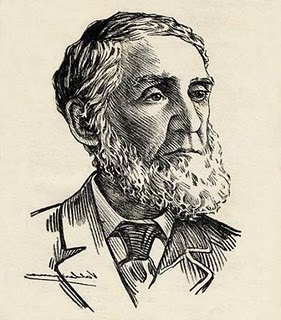2.3.3 The narrative work of Cirilo Villaverde (1812 – 1894)

Cirilo Villaverde’s fiction is generally identified only with his magnum opus, “Cecilia Valdés o la Loma del Ángel” (Cecilia Valdés or Angel Hill); but the author was more prolific than is often assumed and became recognized as a talented writer from the first half of the 19th century. He published several short stories and novellas, written in installments and appended to contemporary magazines and newspapers, such as “El Álbum” and “El Plantel.”
He received early criticism from Ramón de Palma, quite objective -although sometimes acidic- despite the incipient nature of the cultivation of narrative on the island, these contributed to Villaverde perfecting himself until he surpassed Palma himself, who would come to affirm: “since the discovery of the island of Cuba until today, no other Havana native that we know of, except Mr. Villaverde, has published a collection of original novels.”
This collection began with four stories that share common characteristics: “The Dead Bird,” “The White Rock,” “Perjury,” and “The Cave of Taganana.” In these stories, although they have real-life references, the characters are “romanticized” to fit into the prevailing canon, much to Villaverde’s liking in the initial stage of his narrative. They are not exempt from melodrama and are peppered with a sexuality where endogamy almost always lurks. It has been pointed out that his intention to “make literature” causes him to avoid direct expression and immerse himself in bombastic rhetoric.
In “Excursion to Vueltabajo,” published in two parts shortly after, Villaverde gives a glimpse into what would become his excellent descriptions of landscapes and people, and shows a greater mastery of narrative resources, although it is not a work of fiction and does not contain all the ingredients of a novel.
Regarding these texts, Antonio María Eligio de la Puente notes: “Villaverde announces himself to us from these first pages as an excellent painter of our time; and later, already experienced in literary work, his characters acquire such realism that, as Manuel de la Cruz says, they seem reproduced as if by a camera obscura; his descriptions seem like exact copies, and the scenes he narrates are full of truth while simultaneously managing to handle the dialogue with true artistry and propriety.”
In 1838, he published two short stories: “Deceiving with the Truth” and “The Golden Skewer.” The first is well-crafted but inconsequential due to its subject matter. The second constitutes Villaverde’s first great narrative achievement. It reproduces the stereotype of thwarted love, in this case that of a young peasant woman forced to marry a wealthy man and separate from her true love, at whose side she is found dead with a golden skewer stuck in her chest on her wedding night. The events are veiled in a certain mystery that alludes to the detective genre, without being deeply embedded in it. At the same time, Villaverde presents a justice system dominated by the power of money, a fairly clear portrait of the functioning of the institutions that were supposed to administer justice during the long colonial period.
These were followed by other fairly accomplished narratives, in which she would further develop her distinctive narrative style, as what we know today as style was referred to at the time. Among other titles, she published “The Girl with the Golden Arrow,” the stories “Cecilia Valdés” and “Teresa” (this first and shorter version of Cecilia Valdés has common plot elements but is not the one finally published in 1882), “A Black Cross,” and “Two Loves.” At times, her prose veers toward costumbrista articles, testimony, and other literary forms; but she always returns to the narrative channel with a superior aesthetic and experiential flow, until she reaches the climax of her narrative potential with the Cecilia Valdés of 1882.








